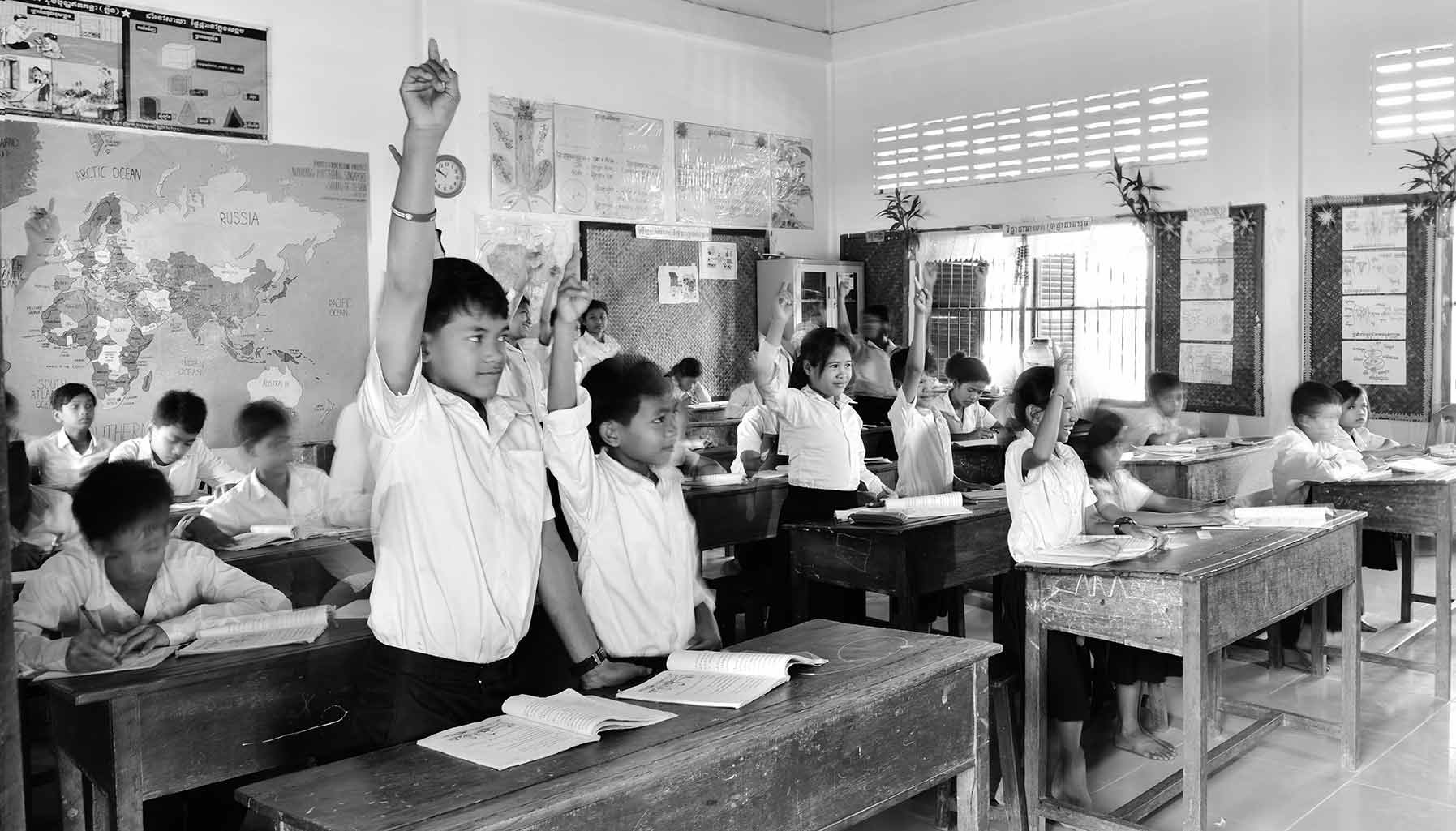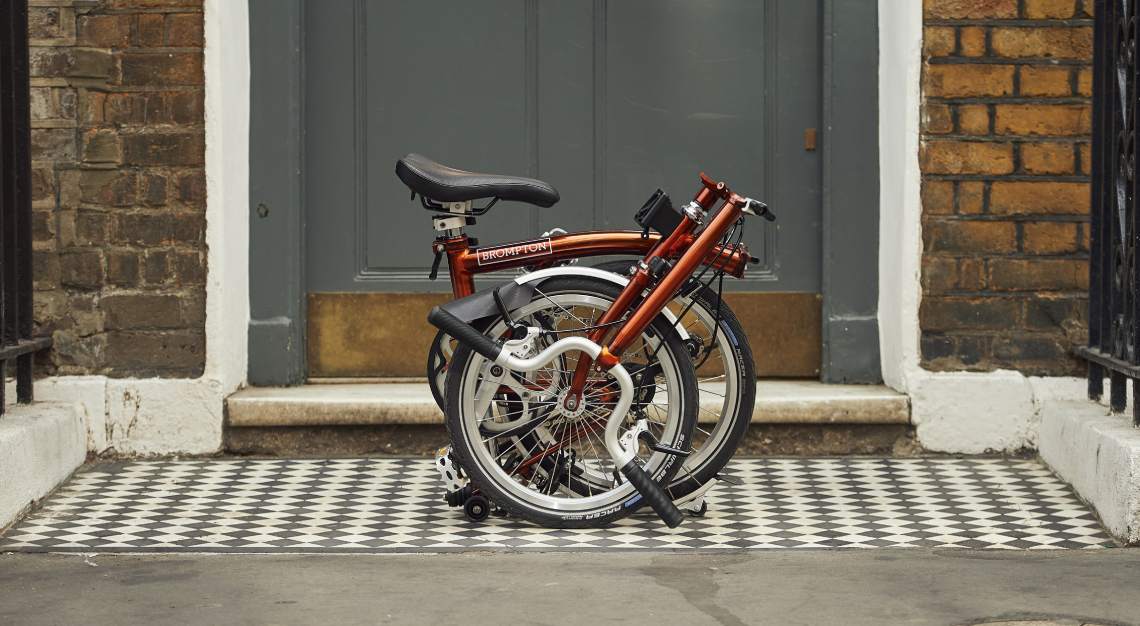The Answers With… Tim Johnson, whose passion for architecture reframes it as an inherently humane and empowering tool
Every discipline is elevated by nuance and sophistication. Progress in any field is born when the parameters of the concerns and considerations that attend to it are expanded and enriched by new perspectives and imperatives. In the canvas of architecture, one truth has been crucial to its essence as a globally impactful multi-faceted, multi-specialty industry: the inside matters as much as the outside.
For the duration of his enduring and oft-celebrated career as an architect and expert on high-rise structures, Tim Johnson, currently a partner and Commercial Market Leader at the multi-award-winning architecture firm NBBJ, has purposefully employed design to maximise the welfare of the people that engage with the spaces his firm creates. Complementing, nay, informing, his aesthetics is a sense of humanism which bestows upon man-made space an ingenious degree of storytelling affordance, sustainability and, of course, functionality.
After signing off on The Sail @ Marina Bay in 2008, his next project in Singapore is the 33-storey next-generation smart building Keppel South Central, slated for completion in the fourth quarter of 2024. Here, he chats with us about how, when designed with the right intentions, spaces can imbue our daily lives with an uplifting power.
It’s known that you wear many hats, one of which is being an architect. What drew you to that practice?
It’s odd, because I’ve lived more than half my life in New York. I came here to do my graduate studies in Columbia University thinking I’d only be here for a few years. Three months in, I felt like I couldn’t live anywhere else. It’s ironic because I’m from a family of builders from a small town in the Midwest. My grandfather and great-grandfather more or less built the town I grew up in. As I grew up, I started to understand the power of big cities and the power of urban design. It’s what I’ve been doing throughout my whole career. There’s no end in sight.
NBBJ has numerous critically acclaimed projects to its name. But would you say the firm has a universal philosophy of space?
There are some common themes but there are also some things that are very unique to NBBJ. The commonalities centre around creating community and working with urban and semi-urban environments where it’s really about how people work, live and participate in creating better lives for themselves and others. That community aspect is a hallmark of our 80-plus year existence as a firm.
The other one is sustainability, which, hopefully, is front-of-mind of every architect in the world. Our profession has a significant effect on the environment. The third is health and wellness. A lot of the work of the firm focusses on these fundamentals.
Now, what I think makes NBBJ unique is that no two of our buildings look alike. There’s not a style that you can pinpoint as ours. Many single-name firms have a stye that is easily identifiable. Not ours. Every project that we do has a unique client, unique programme and a unique geography. And every building responds to that. We want to respond to our clients’ aspirations and goals. If people want a building that’s very unique to them and represents who they are to the world, they will hire us.
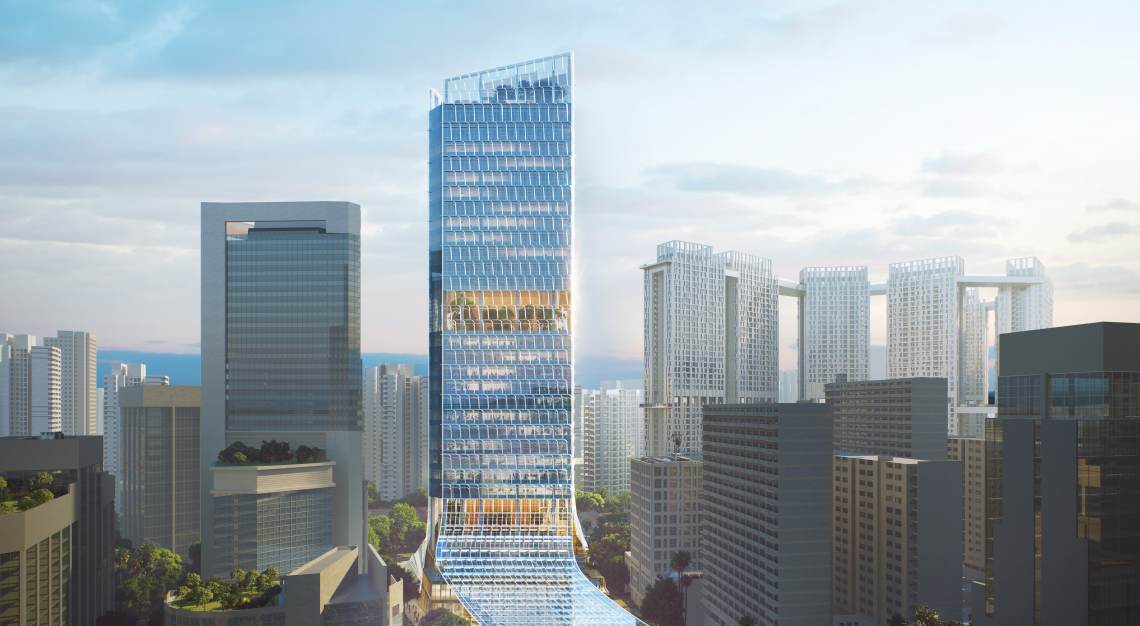
NBBJ is poised to lift the veil on Keppel South Central next year. What does that particular project mean to you and the company?
The first building that I designed in Singapore was The Sail. It’s fascinating. It was really the first building that got the economy going again after the Asian Financial Crisis of 1997. It’s not easy to beat that.
But what’s fundamentally important, if not, more so, with Keppel South Central, is that it’s a next-generation office building. Traditionally, finance is what drives a central business district (CBD). Now, the world has changed. There are other industries and companies to consider. So we like to think of the CBD as the Creative Business District. This project represents a place of creativity, business, innovation and sustainability. It has a significant public open space component, which is built with fostering community in mind. It’s going to be a very community-oriented building that also attracts tenants whose businesses are premised on innovation. We know that space and experience play a big role in how people come together, how they interact and how they bring out the best from themselves and each other. It’s not a highly programmed sequence of events. It’s very serendipitous. More and more, we feel that buildings can play that role. We like to think of it as the perfect balance between building and human performance. On top of all that, it’s gong to be one of the most energy-efficient buildings in Singapore.
As an architect yourself, what can you tell us about the power of design in influencing how people engage with a space?
This is a great question. One of the key aspects of design is that it’s an awareness that’s in everything, whether it’s fashion, furniture, buildings or parks. You can even buy designer toothbrushes. As a concept, it’s so accessible to everyone. When it comes to architecture and space, we’ve become so much more attuned to how people use a space. Because design is so prevalent, people are far more sensitive to it. That means they can benefit more from it, for their own experience, their enjoyment and their health and wellness.
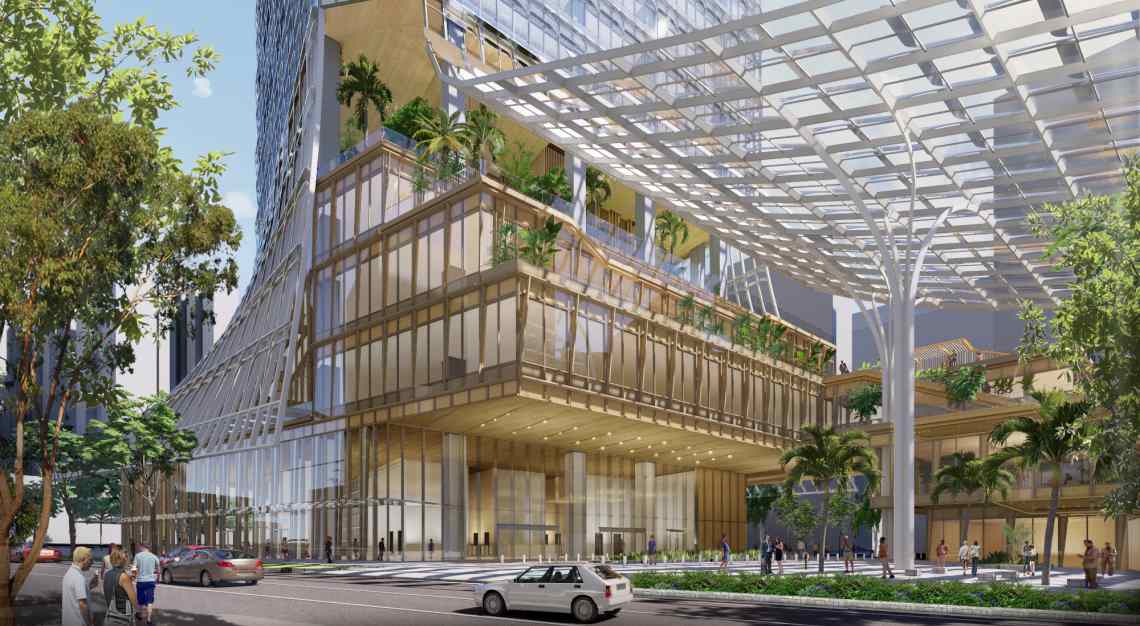
Besides visual and aesthetic appeal, what are some other key concerns––things you won’t compromise on––when you take on a project? How are the intangibles as important as the tangibles?
A lot of a building’s impact involves its exterior and aesthetics. But people are more sophisticated now. They demand more. What we try to do is go beyond the cover of the book and get into the content and make it experiential from many different standpoints. It’s not just about the how the building looks, it’s about the kind of experience you have.
With Keppel South Central, for example, people will arrive there and the first thing that welcomes them will be a beautiful landscaped plaza, covered by a canopy and shaded from the elements. People can get a cup of coffee, chat with each other; it’s about mapping out every single step of a person’s daily life in the building. That sort of experience does three things: 1) it draws people to the building 2) creates an atmosphere that is necessary for innovation and 3) just makes people more productive, present and collaborative.
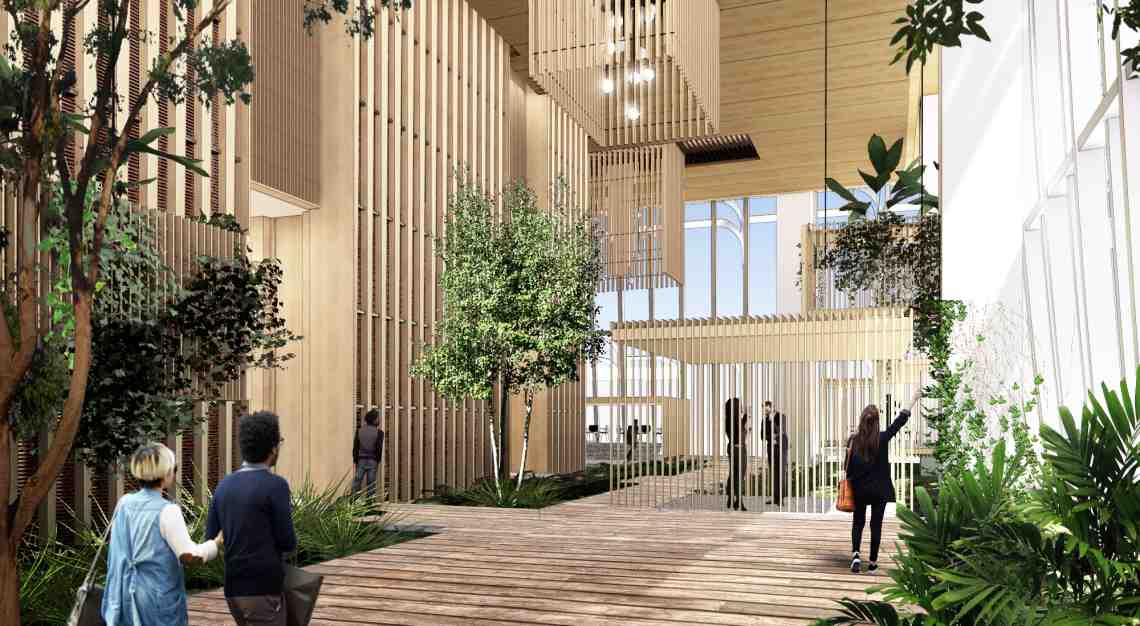
What are the biggest challenges that come with designing, furbishing and equipping a space as dynamic and as intended for as many use cases as Keppel South Central?
The biggest challenge is the choreography of all those use cases, and not so much the technical side of things. The main thing is making sure the experience of the space is seamless. I call this aspect the building’s software. All the physical stuff is the hardware. The software is the hospitality side of it; who and what is there and how do they work together. Keppel was very attracted to the idea of a multi-use space and we told them it was going to be challenging to harmonise all its functions. It’ll be more akin to running a hotel than it will be to running an office building.
Lastly, once complete, what sort of example do you think Keppel South Central will set in Asia?
Since it’s a commercial development. I hope it proves to people that if you work really hard and in an integrated way, you can run a significantly sustainable building as a viable commercial proposition. At the end of the day, the main goal of commercial real estate is commercial viability. But we also want it to be sustainably viable.
I’m also hoping that how people interact with the building ignites a different type of energy in the city, especially through its connection to nature. This will be an example that will inspire others to set a different tone for commercial real estate. People have gotten used to flexible work environments and in some ways, that’s what we’re trying to replicate here. We trying to create an environment that’s about the next generation of work. The pandemic was the great accelerator. People don’t want to sit at their desks in a bland office building for eight hours a day. The world is much more interactive in ways that make people really excited about the future. We want that building and the ones to come to reflect the imagination of the people using them.

